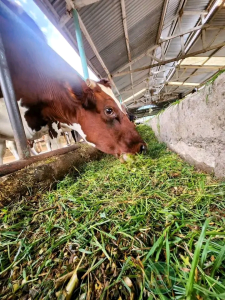Crop production
1. Introduction to crop production
1.1. Types of crops
Food Crops: These are grown for human consumption and include cereals (rice, wheat, maize), pulses (beans, lentils), fruits, vegetables, and root crops.
* Forage Crops: These are grown for livestock feed and include grasses, legumes, and silage crops.
* Fiber Crops: These are grown for their fibers, which are used to make textiles, ropes, and other products. Examples include cotton, flax, and hemp.
* Oil Crops: These are grown for their oil-rich seeds, which are used for cooking, industrial purposes, and biofuels. Examples include soybeans, sunflowers, and canola.
* Ornamental Crops: These are grown for their aesthetic value and include flowers, shrubs, and trees.
* Industrial Crops: These are grown for various industrial purposes, such as rubber, tobacco, and biofuels.
Based on Season:
* Kharif Crops: These are sown in the monsoon season (June-September) and harvested in the winter (October-November). They are also known as monsoon crops and are dependent on rainfall. Examples include rice, maize, and cotton.
* Rabi Crops: These are sown in the winter (October-November) and harvested in the summer (April-May). They are also known as winter crops and are grown with the help of irrigation. Examples include wheat, barley, and peas.
* Zaid Crops: These are grown in the summer season (March-June) and are mostly vegetables and fruits. Examples include watermelon, muskmelon, and cucumber.
Other Classifications:
* Cash Crops: These are grown for commercial purposes and are sold for profit. Examples include cotton, sugarcane, and coffee.
* Subsistence Crops: These are grown for personal consumption and are not usually sold for profit. Examples include rice, wheat, and maize in some regions.
* Cover Crops: These are grown to protect the soil from erosion and improve its fertility. Examples include legumes and grasses.
The classification of crops can vary depending on the region and its agricultural practices.
